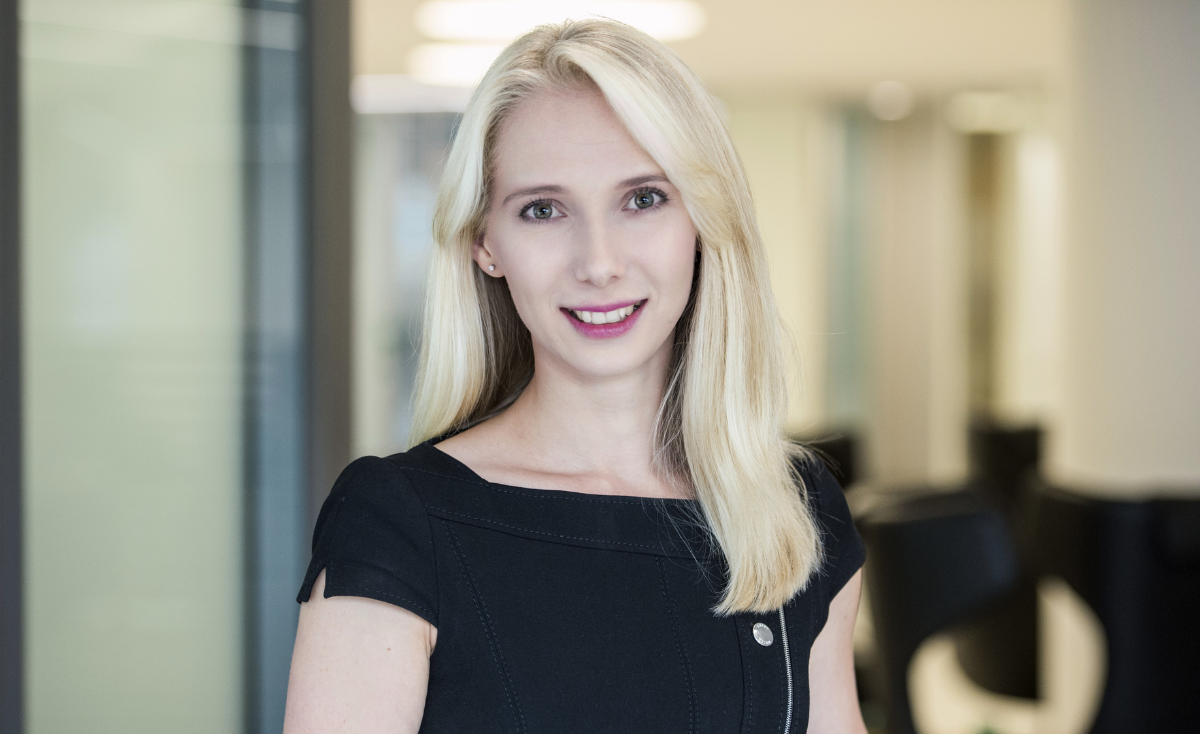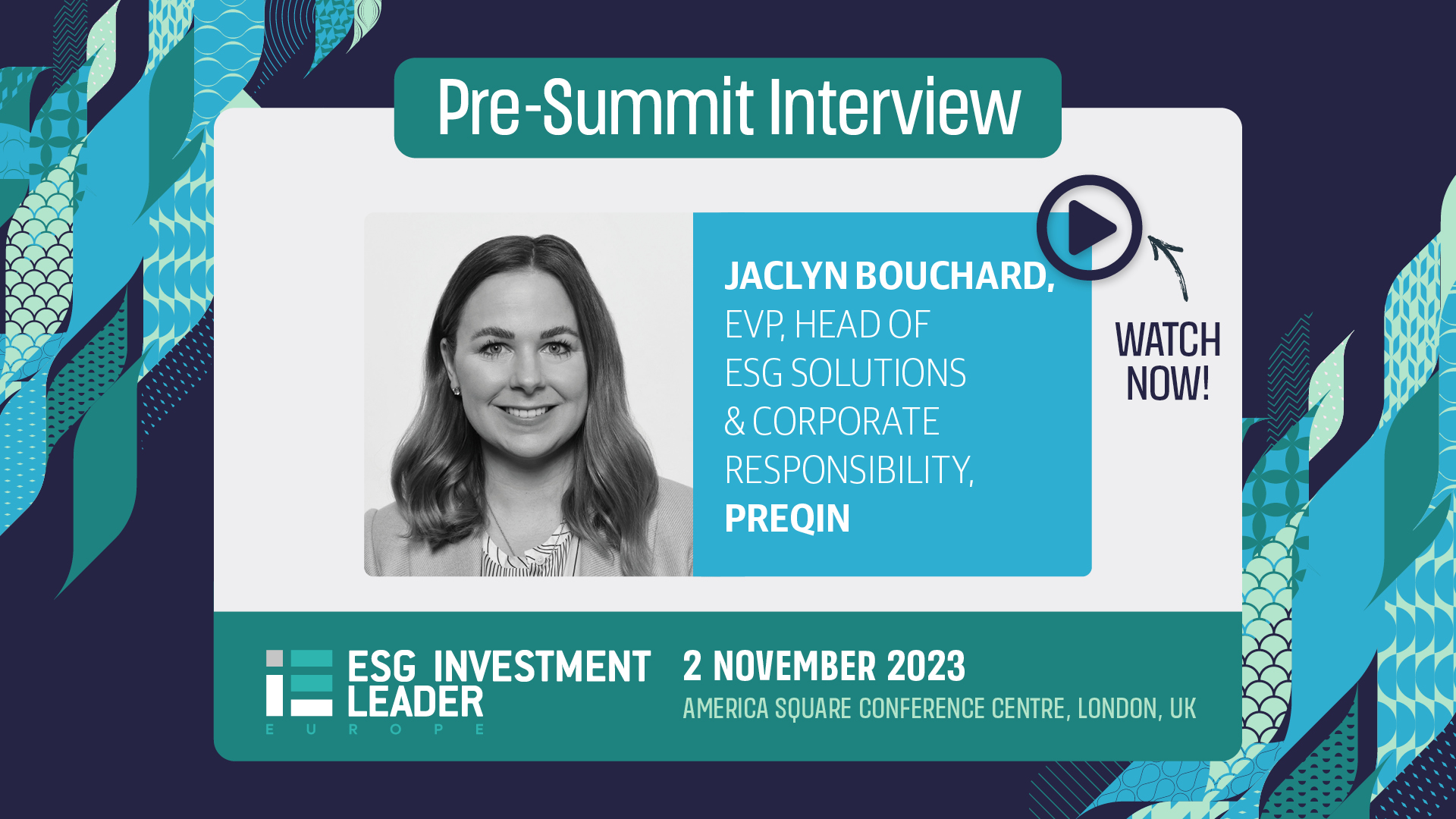 Maria Nazarova-Doyle, Global Head of Sustainable Investment, IFM Investors.
Maria Nazarova-Doyle, Global Head of Sustainable Investment, IFM Investors.
Maya Sibul: With regulation still developing in continental Europe and the UK, which assets are particularly attractive from a risk and return standpoint now?
Maria Nazarova-Doyle: We see significant opportunities linked to the energy transition. The energy transition is unprecedented in its scale. This is something that we haven't seen in our careers, and it's going to be a tremendous shift right across the board – from the way that energy is converted to the way that energy is consumed. Governments across the world are looking to accelerate the transition and decarbonise, and they need capital to do it.
We focus on four key areas we believe have the potential to generate stable, long-term returns as part of the wider shift to the global net zero economy – renewable power, electrification, low-carbon fuels and carbon capture. We believe such opportunities can deliver what investors expect from private assets, such as inflation protection, a natural hedge against interest rate increases, and a stable cash yield.
Geographically, a major shift in this space and how the transition is unfolding is the introduction of the Inflation Reduction Act (IRA) in the US. I don't think there can be any debate that the centre of gravity for renewables has moved from the EU to the US. The IRA means a step up in returns and it's already driving immediate investment in many clean energy areas. I believe we will start to see other jurisdictions follow suit and try to catch up. The competition for capital is global, and we expect the capital will go where it can most likely maximise returns.
Maya: How do you see the asset mix shifting as net zero deadlines approach?
Maria: We are engaging with all of our portfolio assets to understand their level of progress with respect to the development of transition plans. Recognising that we have a diverse portfolio of assets, all at different stages of maturity with regard to decarbonisation strategies and implementation plans, we will be focusing our attention on our most emissions-intensive assets in the first instance.
Consulting and working with assets to assess and continue to progress their transition plans will take time and IFM will continue to support assets through this process. As we get closer to net zero deadlines, we will see progressively more assets aligned to the transition or already achieving a net zero position.
Our approach to climate change in particular prioritises real world decarbonisation, rather than portfolio decarbonisation. In other words, we invest in and remain invested in companies, and provide capital and other support to help reduce their emissions and transition to an operating model consistent with net zero by 2050.
It’s a long and important process as we aim to transform critical infrastructure in our portfolio to be fit for the low-carbon economy. We will also see investments in climate solutions progressively go up as capital needs to support not only decarbonisation efforts but also flow towards vital transition opportunities like clean energy and electrification.
Maya: Beyond eliminating greenwashing, accurately accounting for changing labels and regimes, and meeting net zero commitments, what is the bigger picture of what you’re trying to achieve with ESG – and how has the conversation changed in the past year?
Maria: The bigger picture for us is our purpose: to invest, protect and grow the long-term retirement savings of working people. To achieve that, we do not only focus on maximising returns but also on delivering positive and wide-ranging benefits for communities around the world.
ESG is not a tick-box exercise and we try not to use the term as it’s about our sustainable investment approach and being a responsible steward of the mission critical assets, we manage like ports, airports, pipelines and roads.
To be successful in this, we play our role in managing and mitigating systemic risks as only healthy economies with healthy environmental and social systems can produce stable long-term returns.
Maya: With frameworks around the ‘E’ solidifying, what other issues – around the ‘S’ and ‘G’ – need more concrete guidelines and streamlined definitions?
Maria: Managing the social impact of our investments as fundamental to our capacity to continue to deliver sustainable long-term returns for our investors’ members and beneficiaries.
With the type of investments we make, it is perhaps not surprising that we focus on people – across our direct assets, there are more than 60,000 people employed. These investments, in turn, serve several million people who are the ultimate beneficiaries of our pension fund clients and owners.
Our purpose puts working people at the heart of everything we do. And as active responsible owners, we engage with our portfolio companies, like-minded investors and other stakeholders to champion workplace standards.
To that end, we currently lead the UK Government’s taskforce on social factors, championed by the Department for Work and Pensions, with the goal of raising awareness and developing a common understanding of social risks and opportunities which can be addressed by pensions scheme trustees, industry and policymakers.
The Taskforce will provide guidance to help pension trustees incorporate social factors into their investment and stewardship decision-making and thus help them manage financially material social risks and opportunities, which will go a long way towards creating commonly shared guidelines and streamlining definitions and approaches.
Maria will be speaking at ESG Investment Leader | Europe 2023 in November in London on “Managing resources in an overcommitted world: Emerging regulation, attractive assets, and coping with shifting E, S, and G priorities”.
For more information, including how to register to attend, click here.
Please Sign In or Register to leave a Comment.
SUBSCRIBE
Get the recent popular stories straight into your inbox




